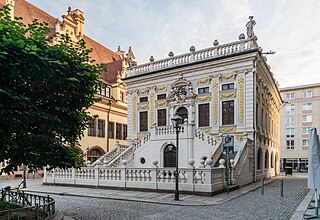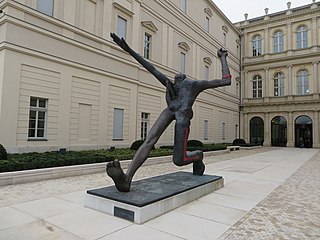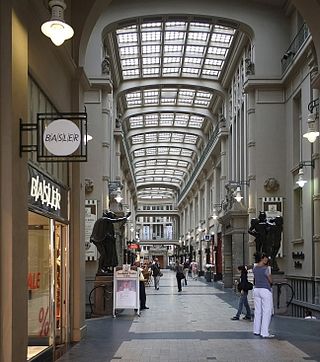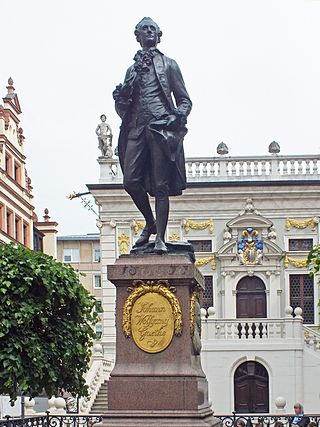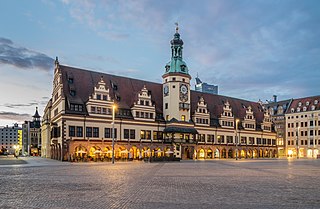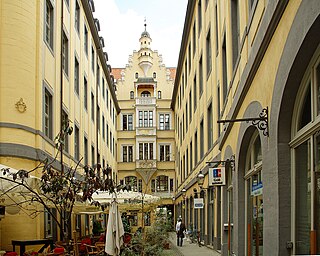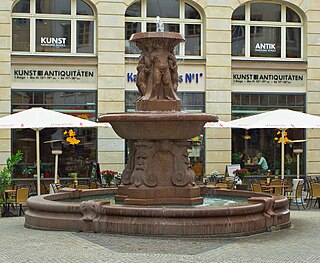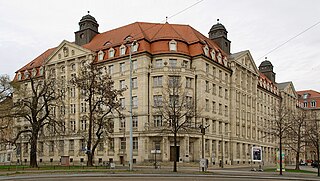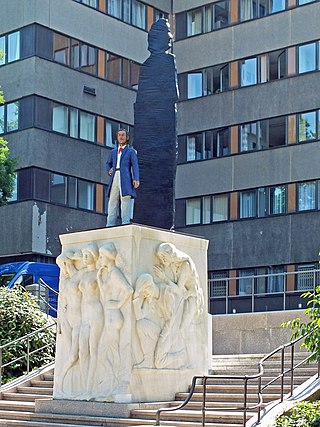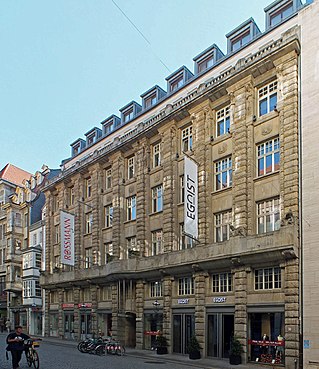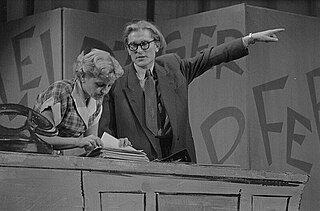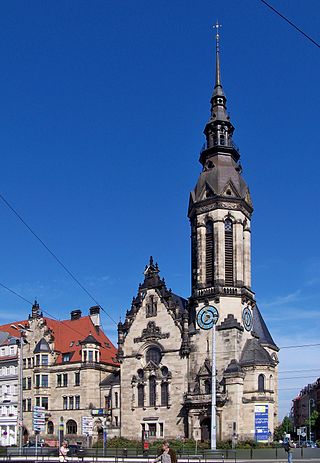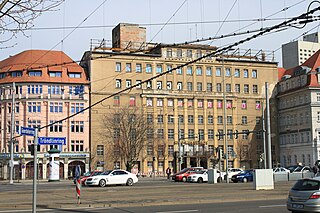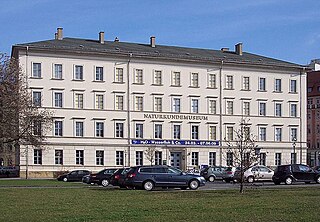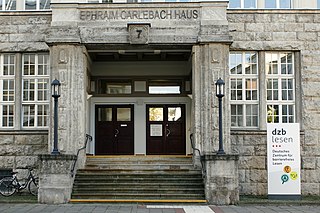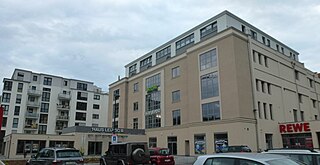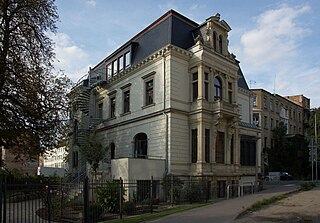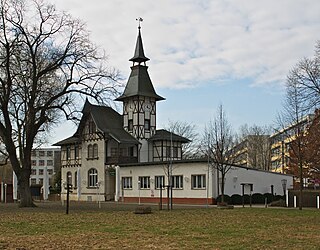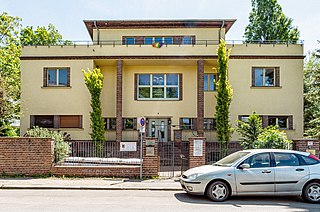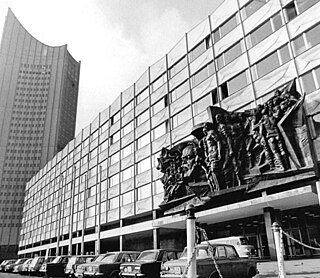Self-guided Sightseeing Tour #2 in Leipzig, Germany
Legend
Guided Free Walking Tours
Book free guided walking tours in Leipzig.
Guided Sightseeing Tours
Book guided sightseeing tours and activities in Leipzig.
Tour Facts
5.2 km
88 m
Experience Leipzig in Germany in a whole new way with our free self-guided sightseeing tour. This site not only offers you practical information and insider tips, but also a rich variety of activities and sights you shouldn't miss. Whether you love art and culture, want to explore historical sites or simply want to experience the vibrant atmosphere of a lively city - you'll find everything you need for your personal adventure here.
Activities in LeipzigIndividual Sights in LeipzigSight 1: Old Stock Exchange
The Alte Handelsbörse or Alte Börse in Leipzig, Saxony, Germany, is the city's oldest assembly building of merchants, and also the oldest Baroque building. Built as the Börse in 1678, it is now used as an event venue and is known in English as the Old Stock Exchange.
Sight 2: Jahrhundertschritt
The Step of the Century is a bronze sculpture that was created by Wolfgang Mattheuer in 1984. It is considered one of the most important works of art in the GDR at the time of the division of Germany and is a parable of the turmoil of the 20th century.
Sight 3: Mädler Passage
Get Ticket*The Mädler Arcade Gallery is the last completely preserved historic shopping arcade covered by an end-to-end glass roof in the city center of Leipzig. It is a facility of upmarket retail, restaurants, offices and cultural establishments.
Sight 4: Goethedenkmal
The Goethe Monument in Leipzig is a bronze statue standing on a high pedestal on the Naschmarkt in front of the Old Trade Exchange, which depicts Johann Wolfgang von Goethe (1749–1832) as a young man in reference to his almost three years of study in Leipzig. It was created by Carl Seffner (1861–1932).
Sight 5: Altes Rathaus
Get Ticket*The Old Town Hall, which dominates the east side of the Markt square in Leipzig's district Mitte, is considered one of Germany's most important secular Renaissance buildings. At the rear is the Naschmarkt. The mayor and the municipal administration have been housed in the New Town Hall since 1905.
Sight 6: Market Square
Get Ticket*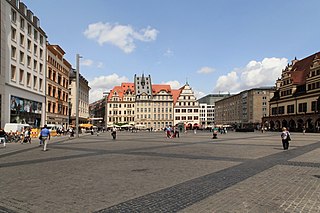
The Markt is a square of about 1 ha in Leipzig's district of Mitte, Germany. It is considered the center of the city. The Old Town Hall stands on it, which demonstrates its particular historical importance. The square was named Platz des Friedens from 1950 to 1954. Its paving is a listed heritage monument.
Sight 7: König-Albert-Haus
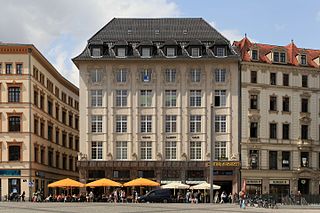
The König-Albert-Haus is a commercial building at Markt 9 in Leipzig, Germany. It forms the corner house to the Barfußgäßchen, where it bears the house numbers 2/4/6/8. His name is reminiscent of the Saxon King Albert. The house is a listed building.
Sight 8: Barthels Hof
Get Ticket*Barthels Hof is a former trade court building complex in Leipzig in Germany, located in the borough Mitte. It is the last “through courtyard” that was preserved almost in its original condition. That means, the carts drove in, the goods were unloaded, and the carts drove out - without turning around. The horses were stabled in the suburbs. Later, from 1893 on, only samples of the goods were shown in the trade fairs and made to order. The Barthels Hof stretches from the market square to Kleine Fleischergasse and is now one of the city's most important sights. Today, it is used for a restaurant and some small shops.
Sight 9: Lipsia-Brunnen
The Lipsia Fountain is an ornamental fountain in the city centre of Leipzig, Germany.
Sight 10: Museum in der Runden Ecke
The Memorial Museum in the "Round Corner" is a museum about the history, structure and working methods of the Ministry of State Security (MfS) in the GDR, located in the former headquarters of the District Administration for State Security on Dittrichring in Leipzig.
Wikipedia: Gedenkstätte Museum in der „Runden Ecke“ (DE), Website
Sight 11: Richard-Wagner-Denkmal
The Richard Wagner Memorial in Leipzig was unveiled in 2013 to mark the 200th birthday of Richard Wagner (1813-1883). It was created by Stephan Balkenhol using the base designed 100 years ago by Max Klinger (1857-1920).
Sight 12: Matthäikirchdenkmal
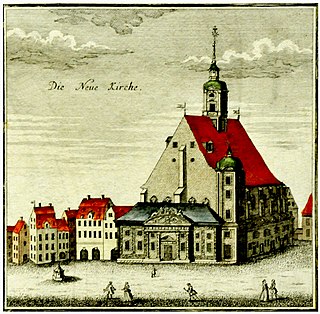
St. Matthew was a church in the old town of Leipzig. During its history it had several names and functions. As a church of the Franciscan order, built in 1488, it was known as Barfüßerkirche and Heiliggeistkirche. It served as a Lutheran church, known as Neukirche, from 1699. A new congregation formed in 1876 and named the church Matthäikirche. The building was destroyed in a bombing in 1943.
Sight 13: Jägerhof
Der Jägerhof in Leipzig ist ein Gebäudekomplex zwischen Hainstraße und Großer Fleischergasse, durch den die gleichnamige Passage verläuft. Er steht unter Denkmalschutz.
Sight 14: Pfeffermühle
The Leipziger Pfeffermühle is a cabaret ensemble in Leipzig, Germany.
Sight 15: Museum of Fine Arts
Get Ticket*The Museum der bildenden Künste Leipzig in Leipzig is a German art museum. It was established in 1848 as an initiative of the citizens, initially in the Leipzig Bürgerschule as the first interim. From 1858 to 1943, the Picture Museum was housed in its own collection building on Augustusplatz. After another interim period from 1945 to 2003, the museum's holdings have been housed in the new museum building in Katharinenstraße since 2004. With over 10,000 m² of exhibition space, it is one of the largest exhibition venues in Germany. The museum is run by the city of Leipzig.
Wikipedia: Museum der bildenden Künste (DE), Website, Twitter, Facebook, Soundcloud, Youtube
Sight 16: Evangelisch-reformierte Kirche
The Reformed Church at Tröndlinring 7 in Leipzig is the place of worship of the Reformed congregation.
Sight 17: Fürstenhof
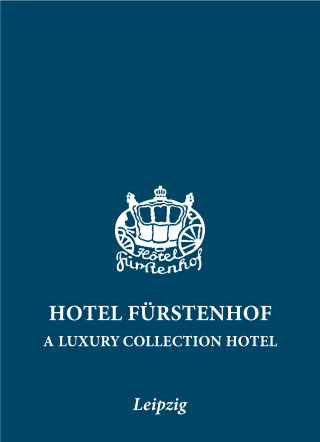
The Hotel Fürstenhof is the oldest luxury hotel in Leipzig. The original building Löhrs Haus at today's Tröndlinring 8 dates back to 1771, and since 1890 it has been operated as a hotel – combined with several conversions and extensions. Since 2018, the hotel has been owned by Vicus Group AG, and it was also a member of the Leipzig Hotel Alliance. The hotel has been closed since March 2021.
Sight 18: Villersbrunnen
The fountains in Leipzig were originally built as part of the city's water supply and in the 19th and 20th centuries others were added for decorative functions. They are regarded as objects of historical and art historical interest.
Sight 19: Travel24 Hotel - Ringmessehaus
The Leipzig Ring-Messehaus on the Tröndlinring was the largest inner-city trade fair building in the world. It was used as a fashion, tobacco and textile fair house until 1992. Since 2017, Travel24's first budget hotel has been located in the middle part of the building.
Sight 20: Naturkundemuseum
The Natural History Museum in Leipzig is a natural history museum in the city of Leipzig, Germany, located at the northwest corner of the Inner City Ring Road. The museum contains the insect collection of Alexander Julius Reichert.
Sight 21: Deutsches Zentrum für barrierefreies Lesen
The German Centre for Accessible Reading offers blind, visually impaired and reading impaired people a diverse selection of literature to borrow and buy.
Wikipedia: Deutsche Zentralbücherei für Blinde zu Leipzig (DE), Website
Sight 22: Haus Leipzig
The Haus Leipzig described here refers to a building at Elsterstraße 22–24 in Leipzig's Westvorstadt, which has served as a venue for concerts, balls, theatre and cabaret performances since 1946.
Sight 23: Villa Davignon
The residential building at Friedrich-Ebert-Straße 77 is a listed building in Leipzig's Bachviertel, driving from Westplatz in the direction of Waldplatz behind the rediscovered Elstermühlgraben or on the riverside promenade called Carl-Maria-von-Weber-Straße on the left side of the street. The building was built by Arwed Roßbach and was also called Villa d'Avignon at the time of its construction or in the 19th century under false reference, because the builder was the merchant Louis Davignon.
Wikipedia: Wohnhaus Friedrich-Ebert-Straße 77 (Leipzig) (DE)
Sight 24: Deutsches Kleingärtnermuseum
The German Allotment Gardener Museum is a museum in Leipzig that documents the German allotment gardening movement and its history.
Sight 25: Sächsisches Psychiatriemuseum
The Saxon Psychiatric Museum is a small museum in Leipzig and deals with the history of lunatic asylums and psychiatry. It is organized by the Durchblick association, an initiative for people affected by psychiatry in Leipzig. It was founded in 2000. The special exhibitions deal with individual fates, careers and institutions:the life stories of the court president Daniel Paul Schreber (1842–1911) and the Saxon dialect poet Lene Voigt (1891–1962) the biographies and therapeutic concepts of doctors and psychiatrists such as Christian August Fürchtegott Hayner (1775–1837) and Hermann Paul Nitsche (1876–1948) the development of psychiatric institutions in Saxony in the Middle Ages up to the sanatorium and nursing homes.
Sight 26: Bronzerelief „Aufbruch“
The bronze relief "Departure" is a work of art created in 1973 for the then new building of the University of Leipzig in the style of Socialist Realism. Since the head of Karl Marx, the university's patron saint at the time, is located in its centre, it is also commonly referred to as the "(Karl) Marx relief". In 2007 and 2008, there was a broad social debate in Leipzig about the re-erection of the relief on the occasion of the construction work on the campus at Augustusplatz.
Share
How likely are you to recommend us?
Disclaimer Please be aware of your surroundings and do not enter private property. We are not liable for any damages that occur during the tours.
GPX-Download For navigation apps and GPS devices you can download the tour as a GPX file.
